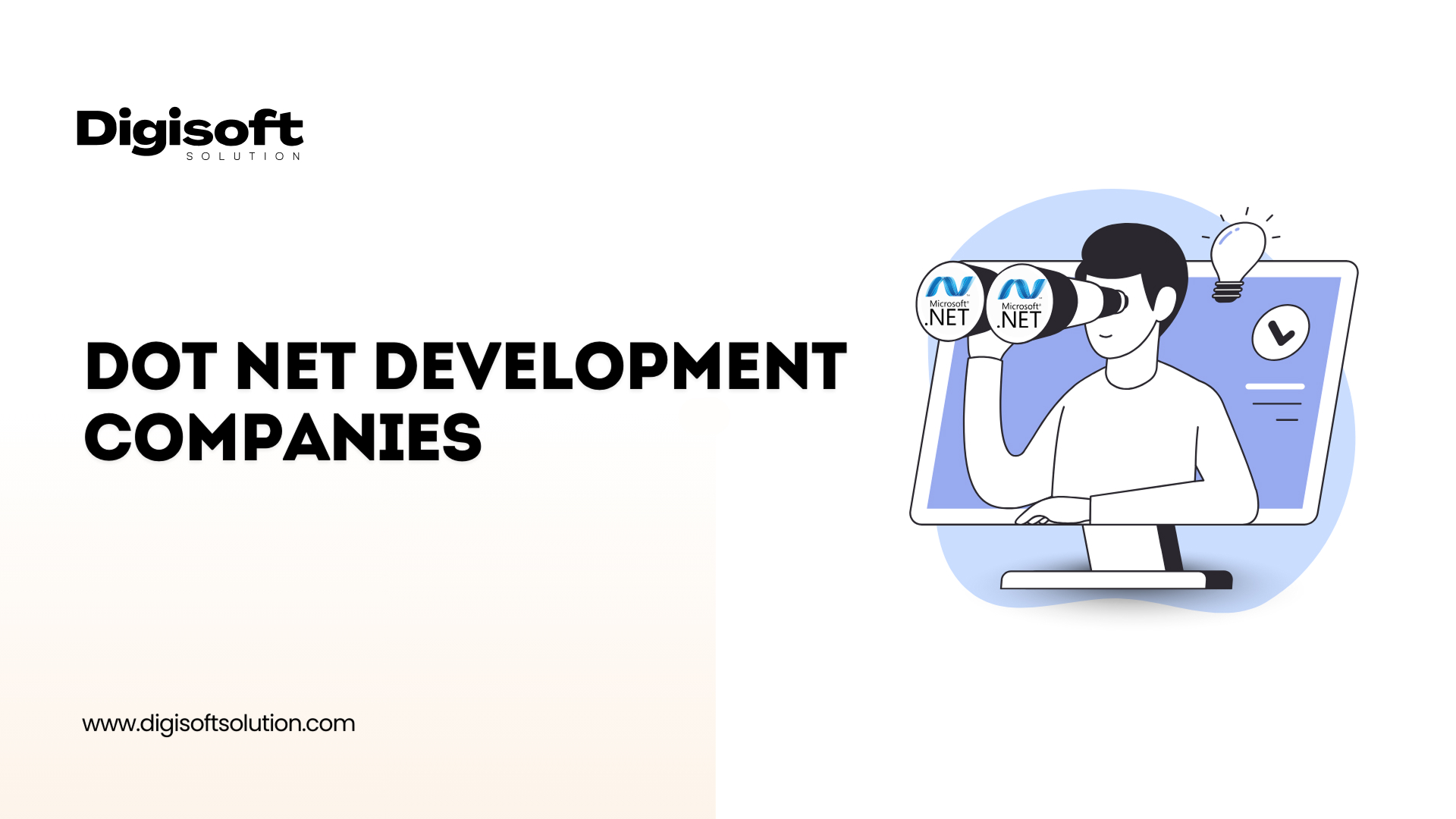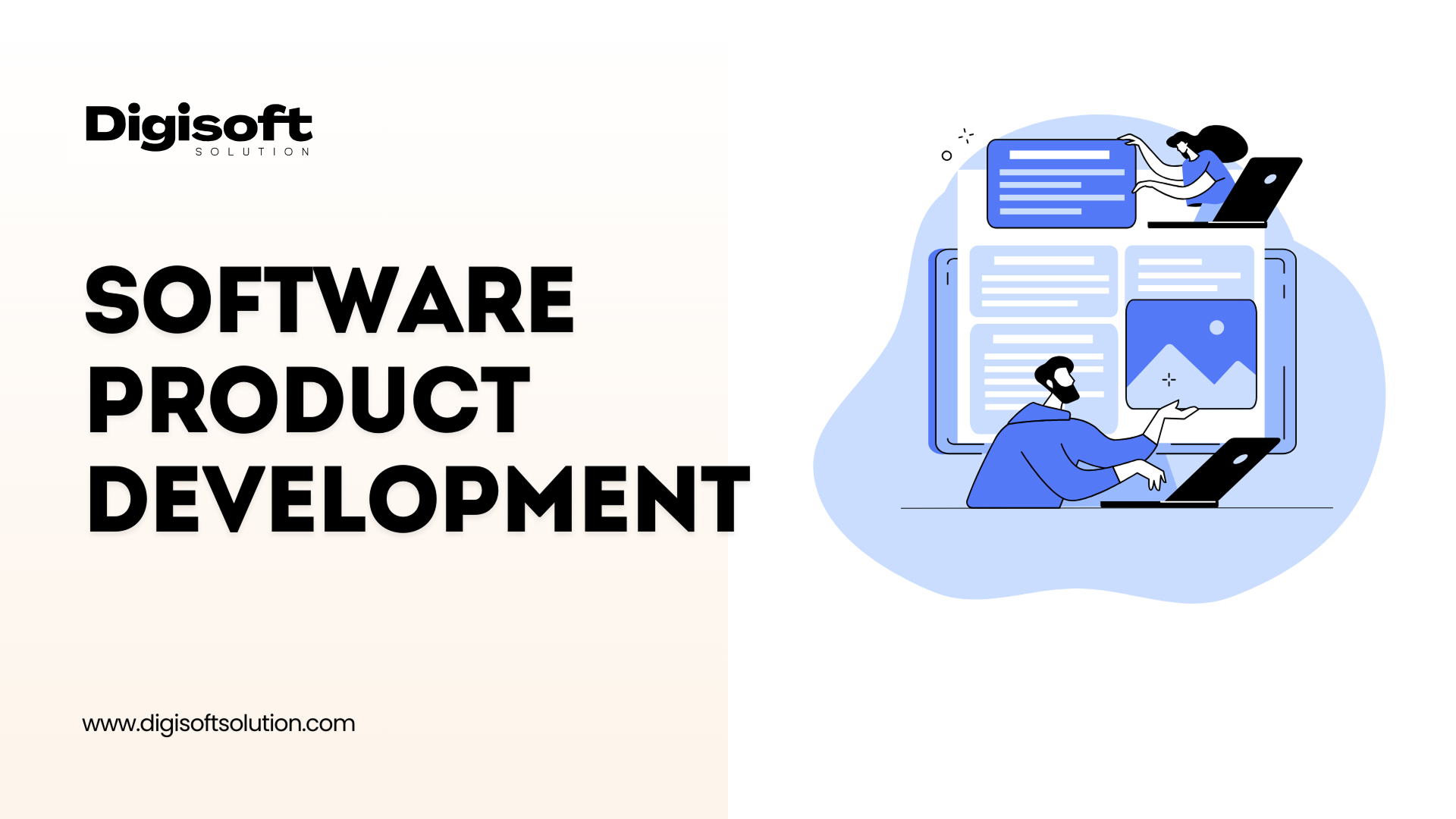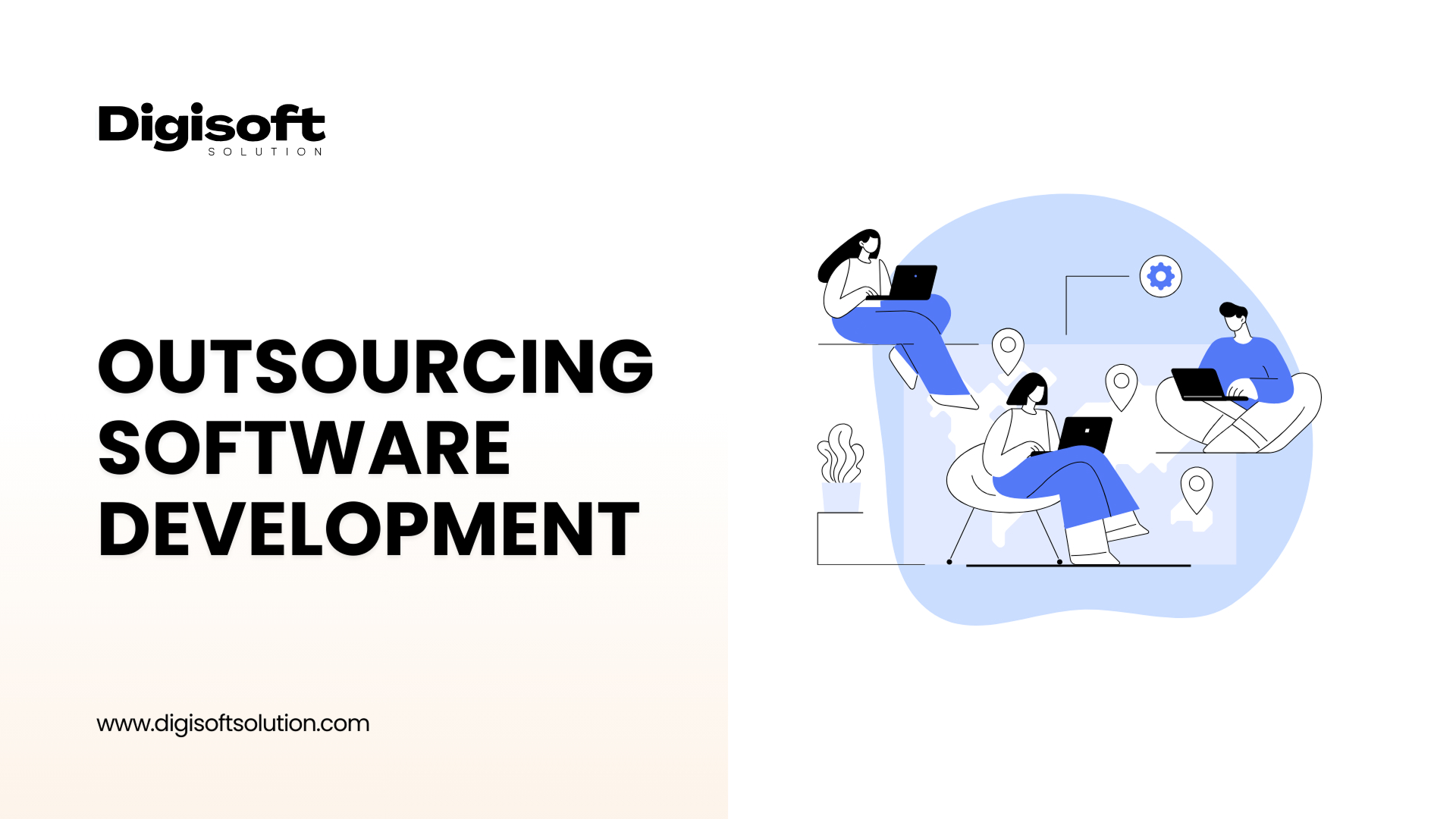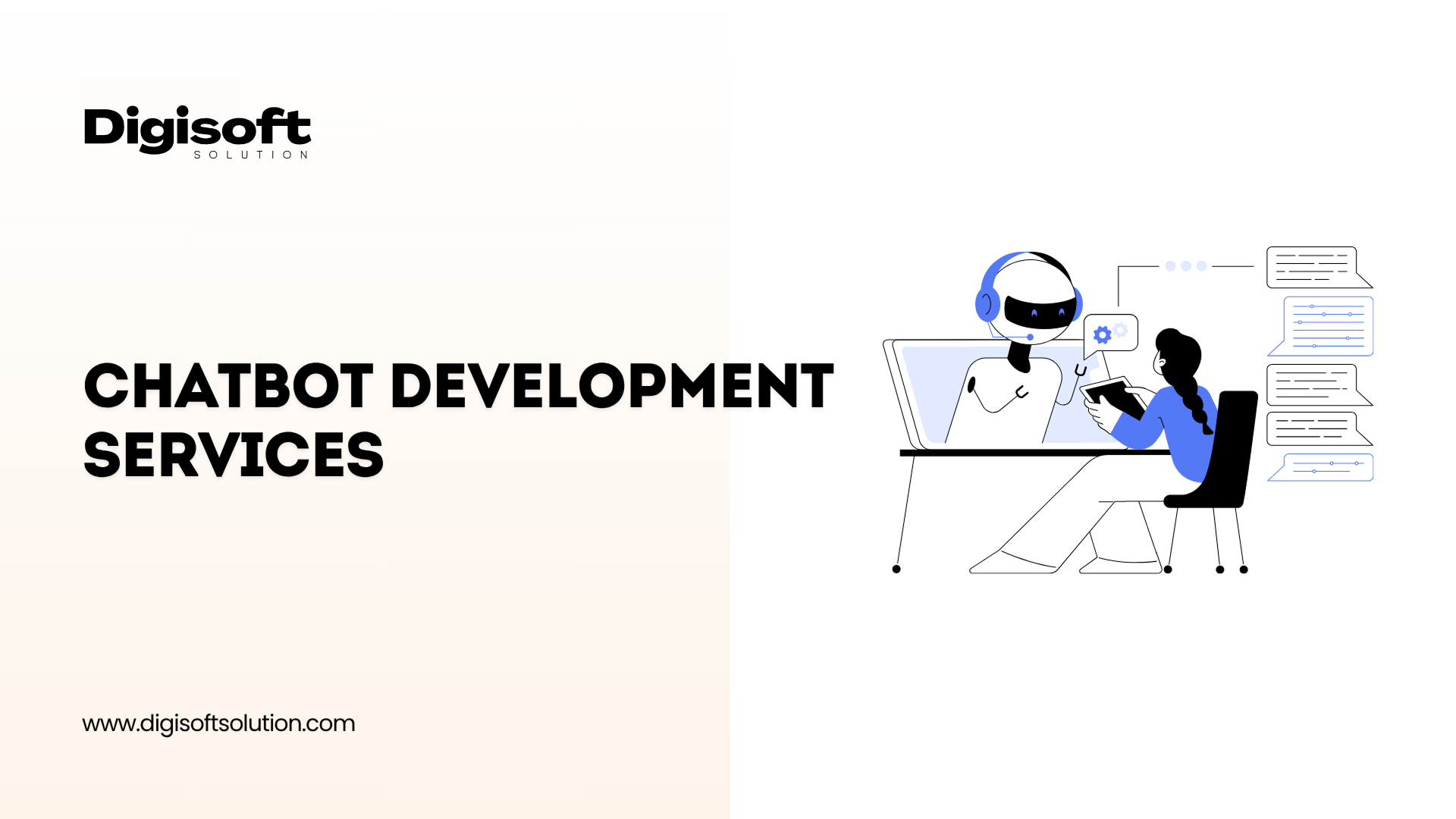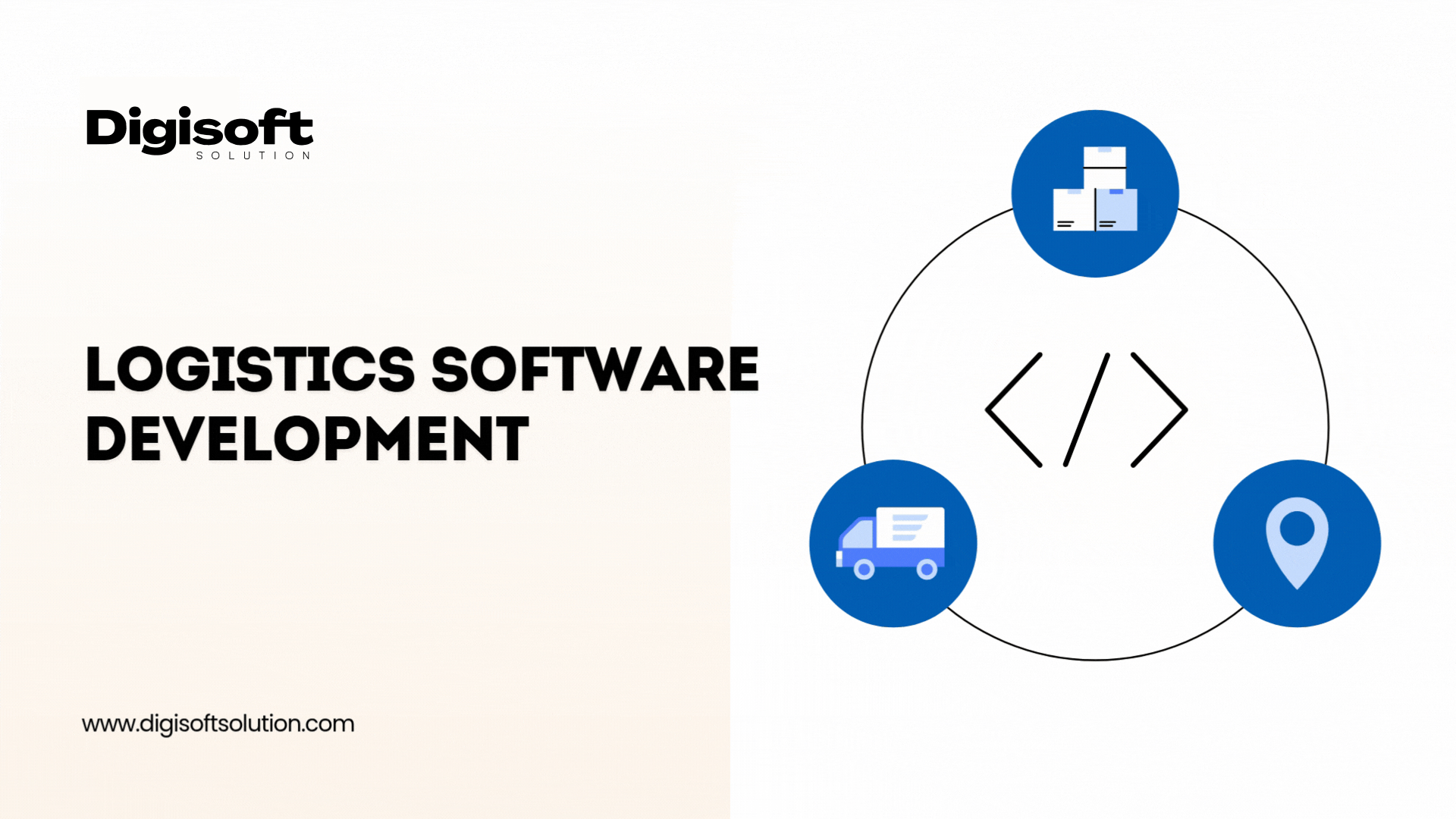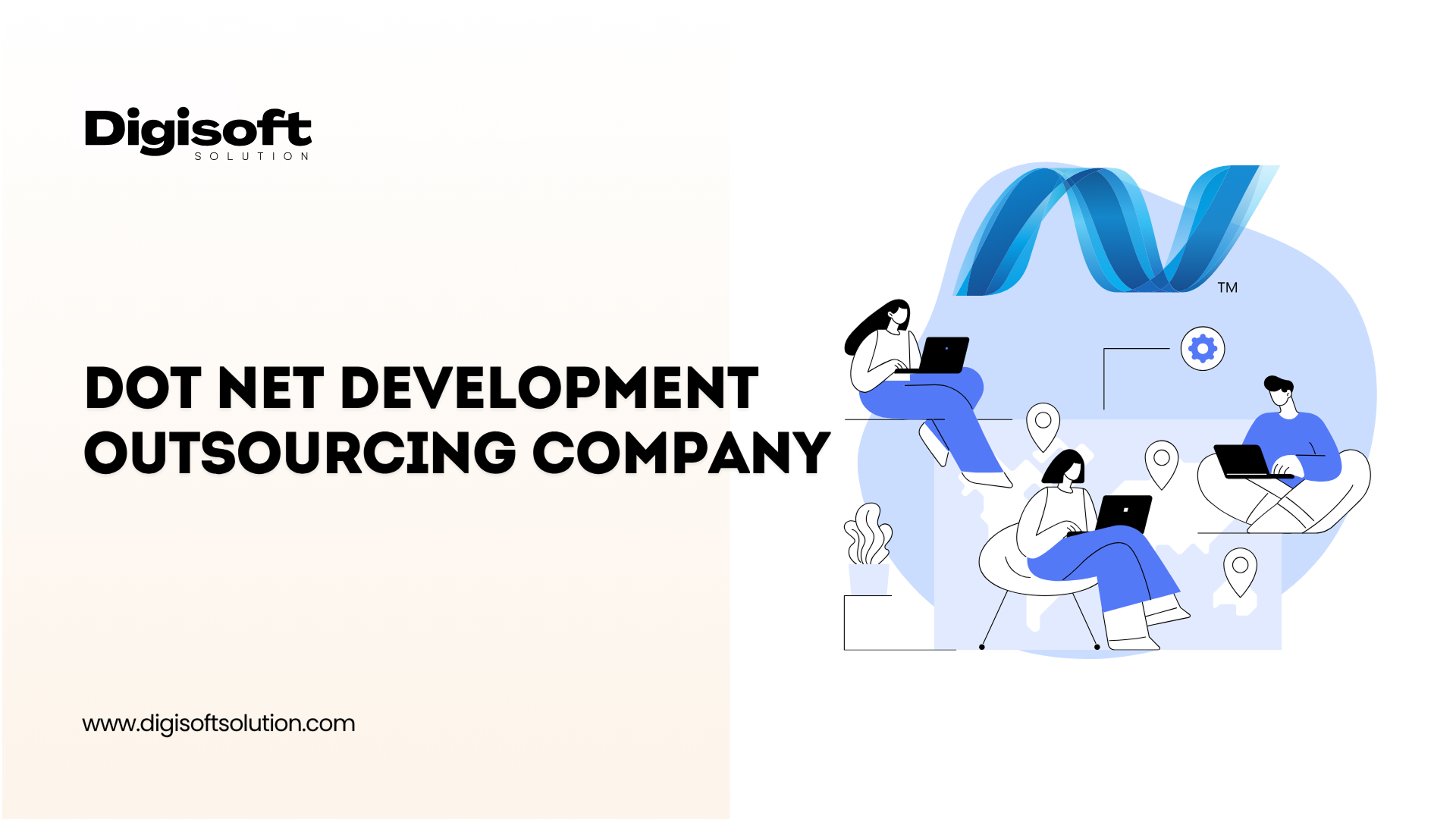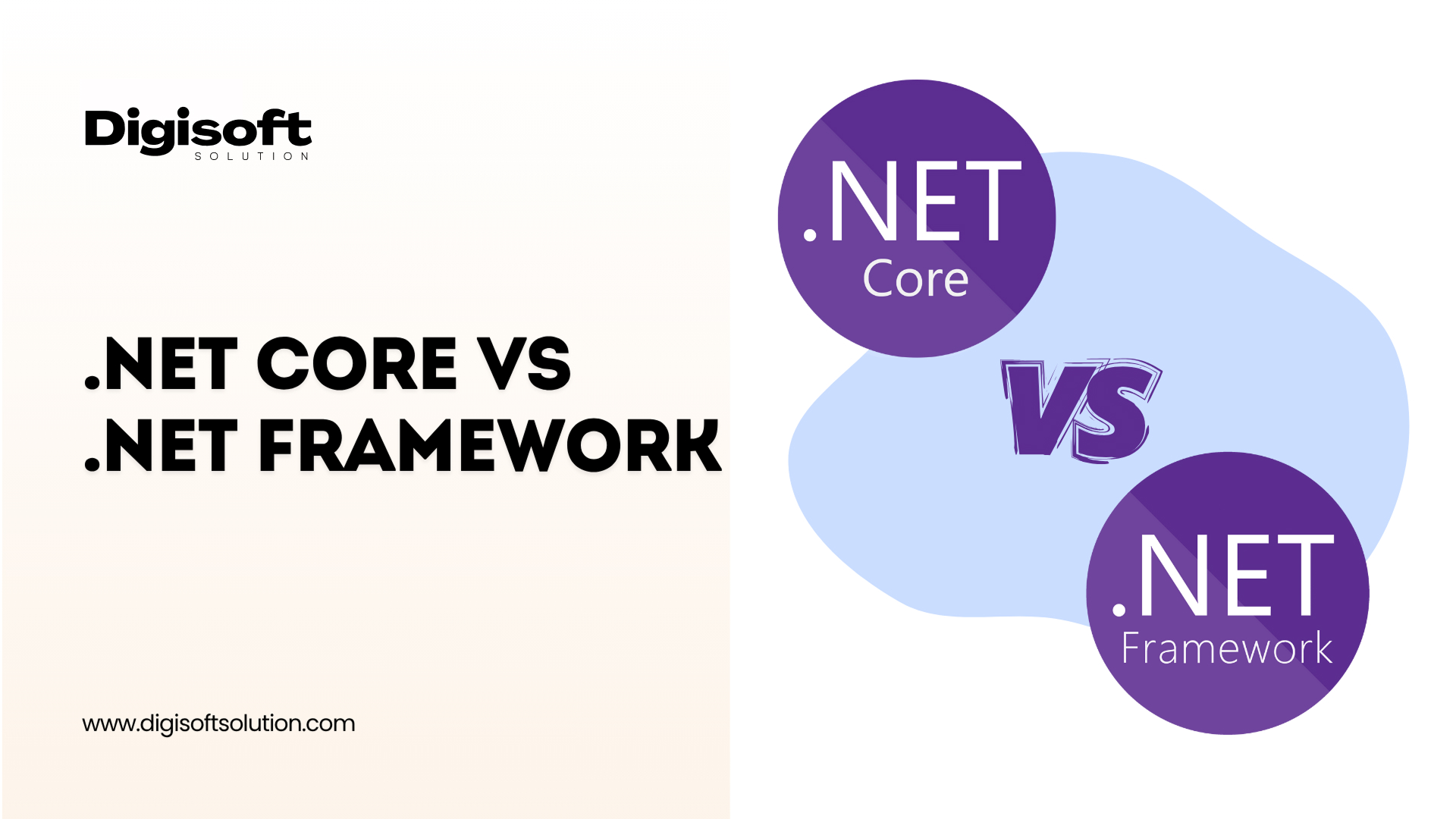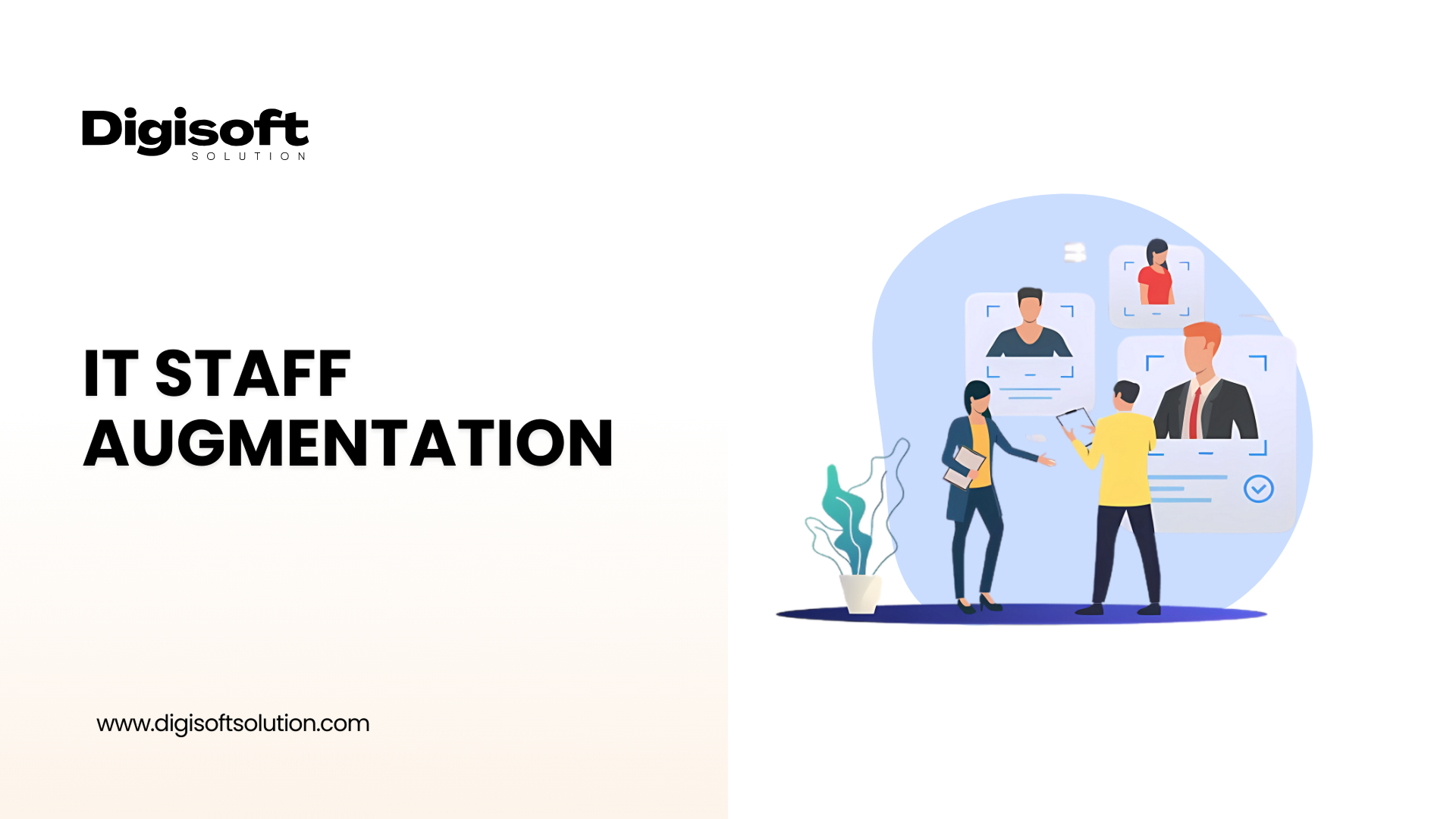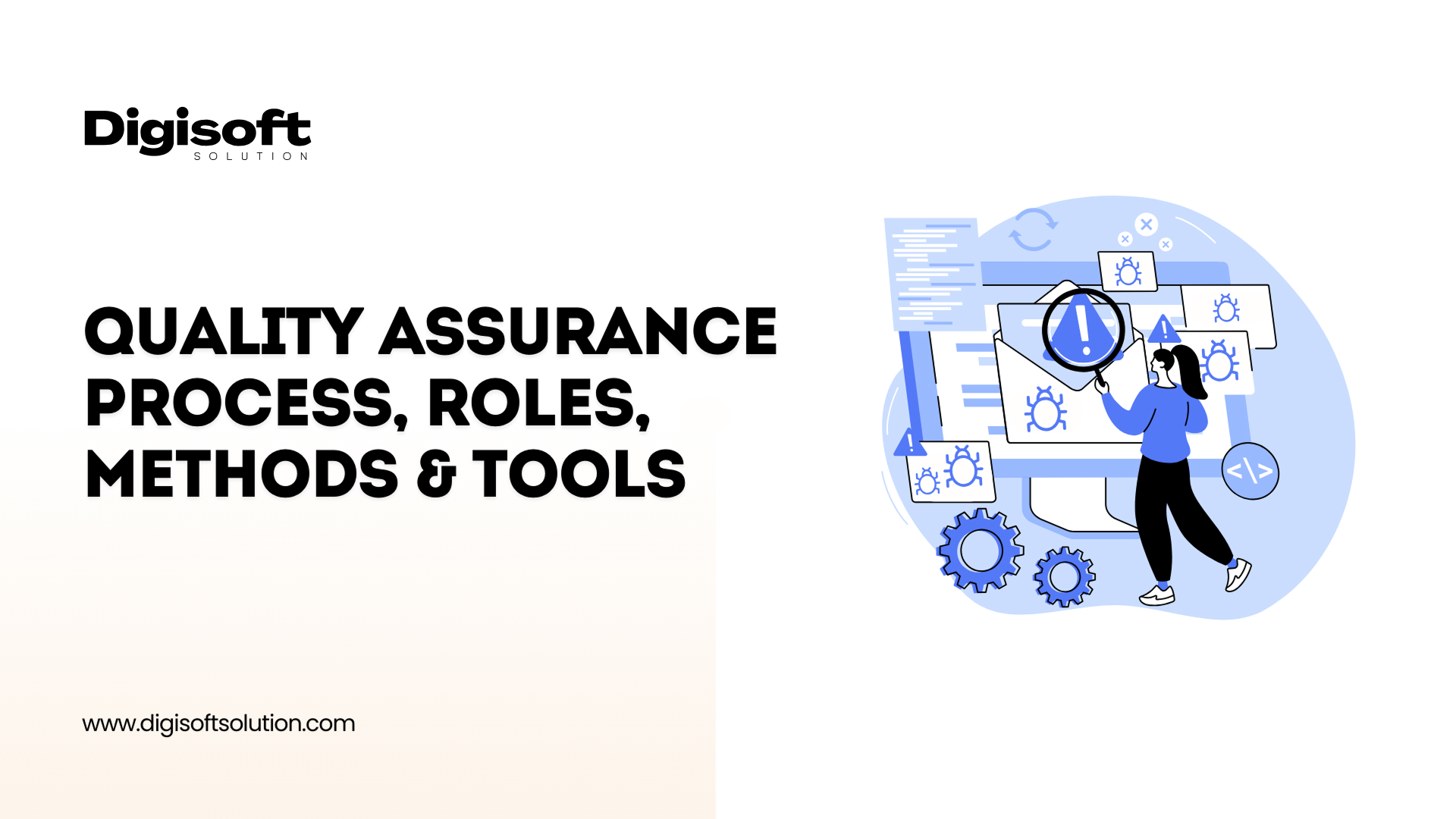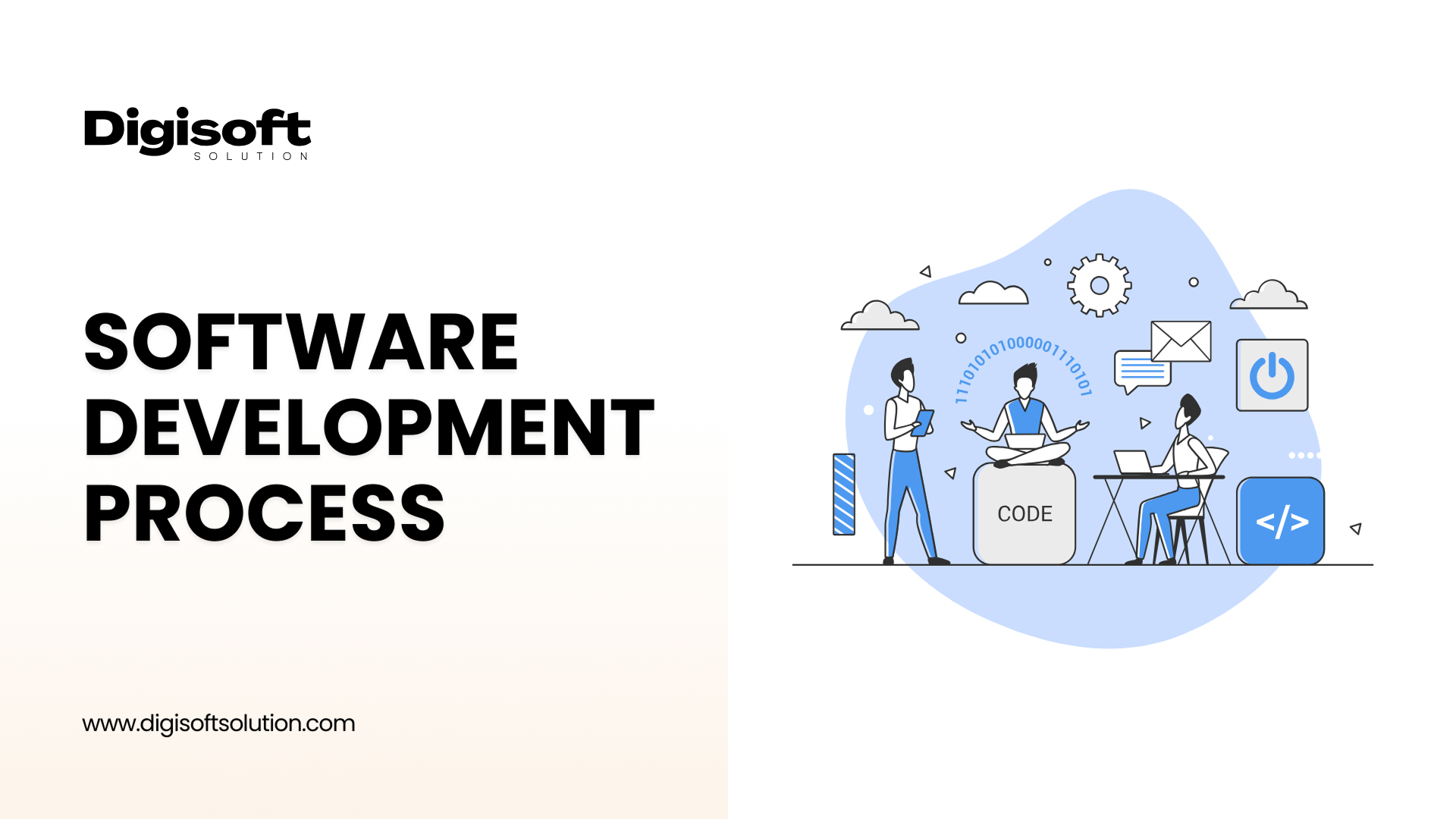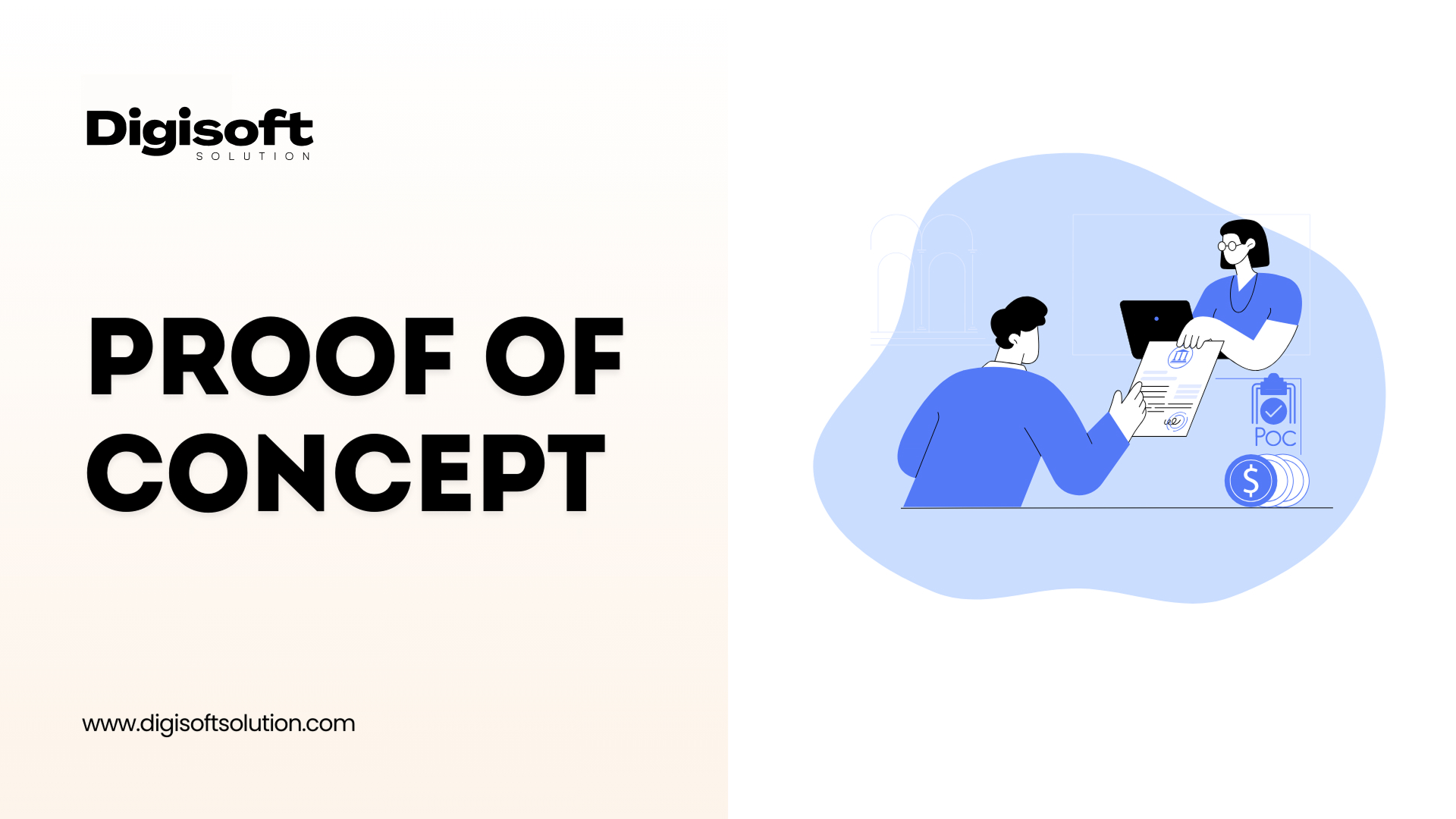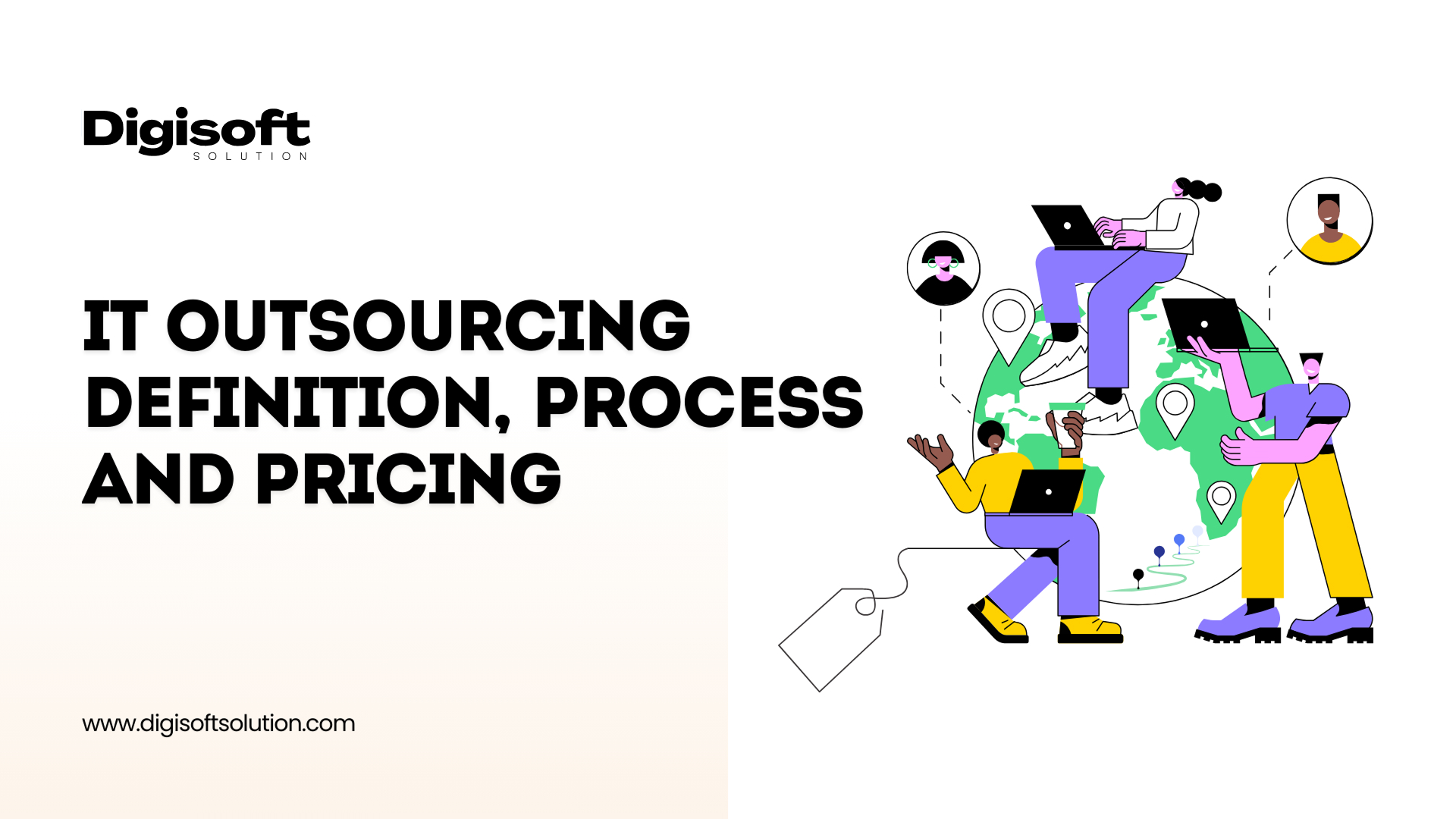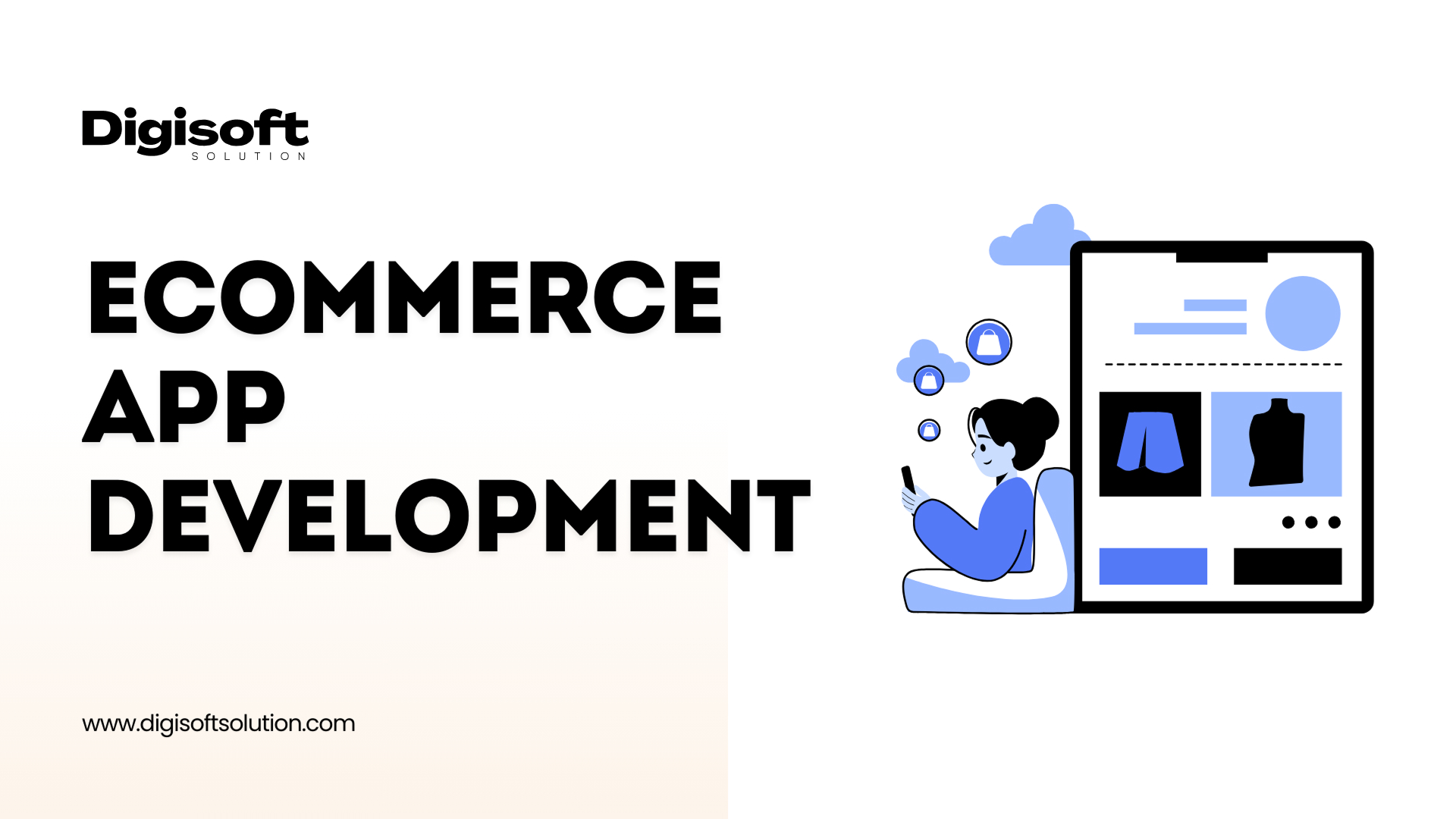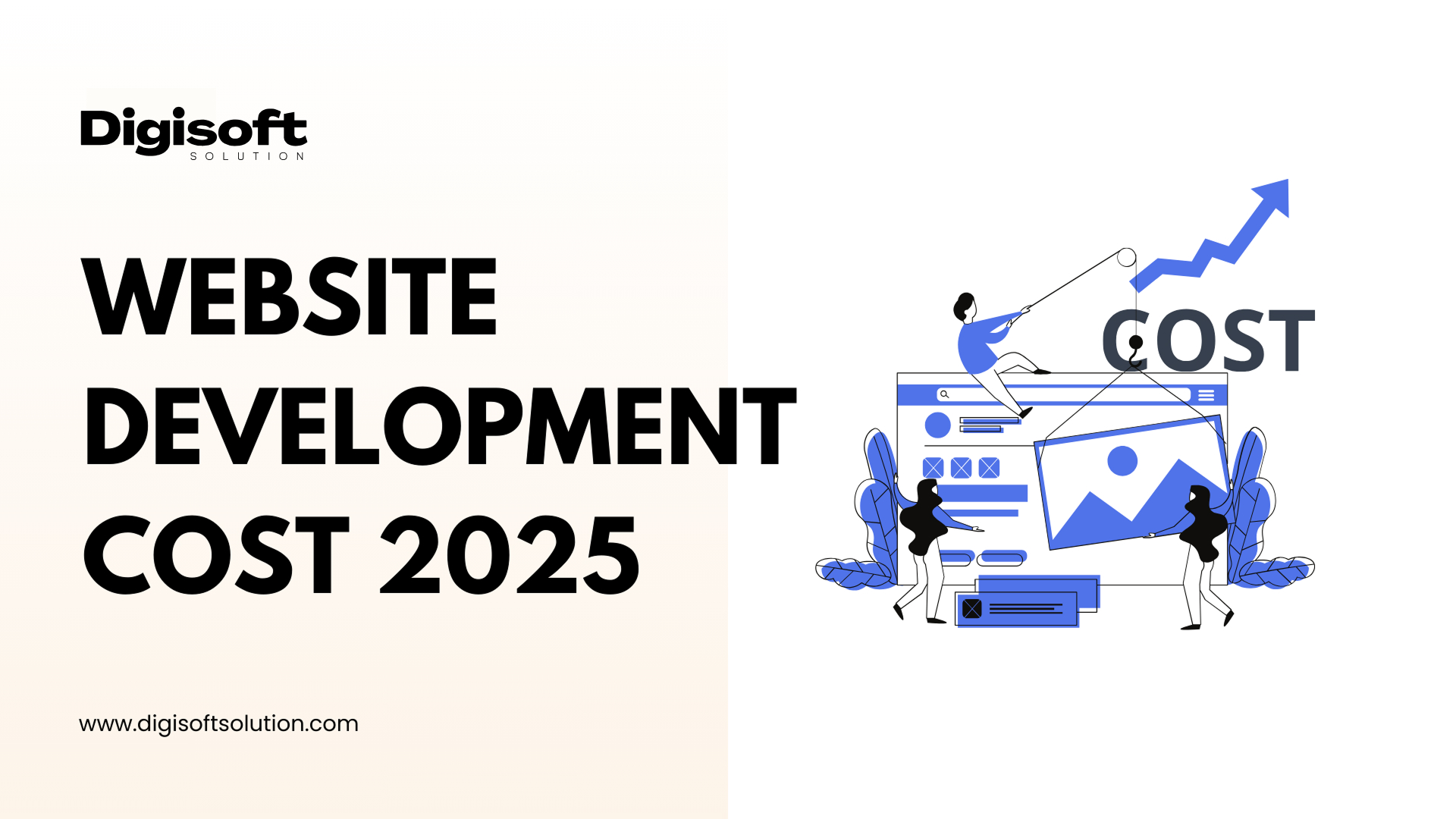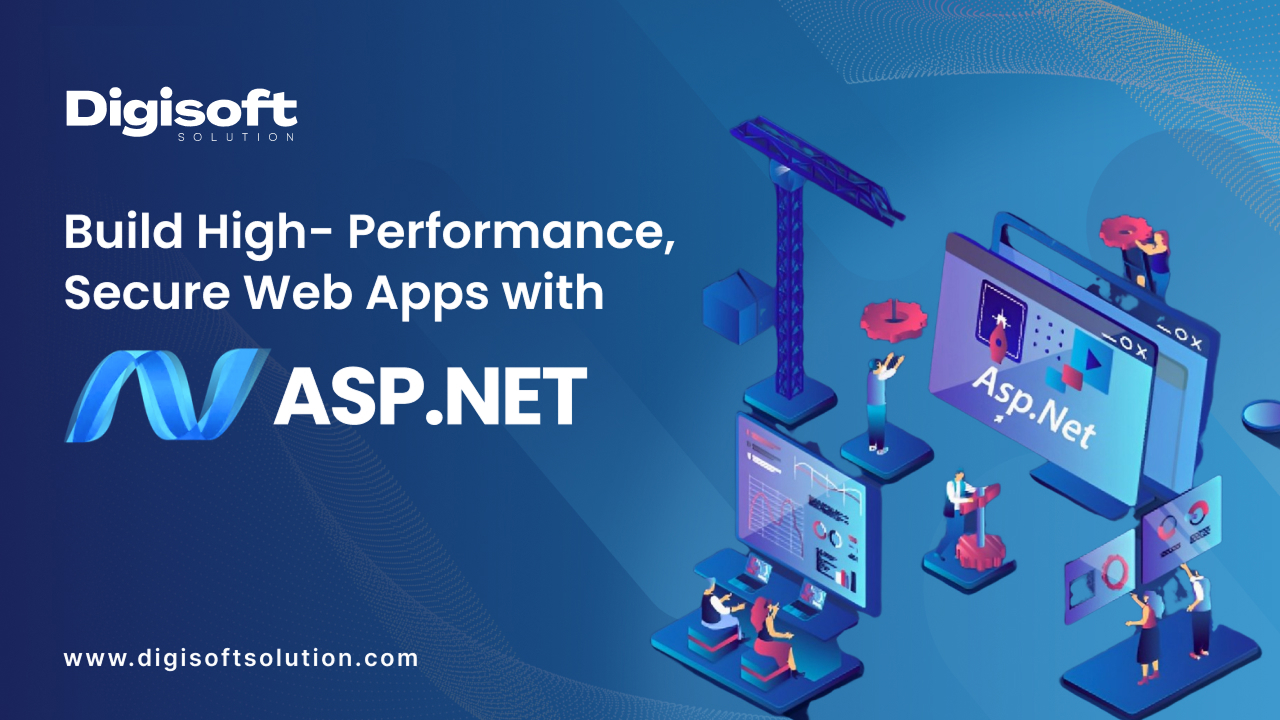Table of Content
- Importance and Benefits of Hiring a Programmer
- How To Hire A Programmer
- Step 1: Define your Project Requirement
- Step 2: Selecting the Best Hiring Model
- Step 3: Find Potential Candidates
- Step 4: Analyze Candidates Technical Skills
- Step 5: Asses your Soft Skills and Communication
- Step 6: Conduct the Interview
- Step 7: Check References and Past Work
- Step 8: Finalize the Hiring Process
- Step 9: Onboarding the Programmer
- Step 10: Monitor Performance and Provide Feedback
- How Can Hiring a Programmer Be a Cost-Effective Solution?
- Additionally, a few suggestions are given below to help reduce software development costs
- Conclusion
Digital Transform with Us
Please feel free to share your thoughts and we can discuss it over a cup of coffee.

Hiring a software programmer is an essential first step in every development project's success. When hiring a software programmer, who could be a JavaScript programmer, Python programmer, or .NET programmer, it is important to define the basic requirements of the project. This information can help you with the technical skills required and the business goals of the project to ensure that you find the right candidate with skills that match those needed to bring your vision to life.
This handbook will guide you through hiring a Dedicated programmer. It will help you choose the right hiring model, evaluate candidates, and ensure successful collaboration. Understand the project’s objectives to ensure hiring that best fits your needs as a programmer for your team and the long-term success of your business.
Importance and Benefits of Hiring a Programmer
Hiring a software programmer is a must for the success of your business in the present digital scenario. Here are some advantages below:
- Experts and Efficiency: A professional can provide the exact knowledge that hastens the development of your project.
- Cost-Efficiency: Hiring programmers from outside is cheaper than employing an in-house team.
- Scalability: Hiring a developer as needed gives one the extent to scale the resources up or down as required.
- Possibility for Global Talent Pool: The remote option allows hiring the best programmers across the globe.
- Focus on Core Business: Delegating software development allows companies to focus on their main goals.
How To Hire A Programmer
Finding the ideal programmer involves assessing numerous aspects including technical expertise, experience, and cultural compatibility. For businesses, the process of hiring a programmer can feel overwhelming. Nevertheless, we will guide you through several steps to secure the perfect candidate for your organization. Follow our detailed approach to ensure your recruitment journey is both efficient and successful. Discover our expert tips and proven methods right now.
Step 1: Define your Project Requirement
The project requirements must be well understood before you begin candidate sourcing. It will then be possible to determine the exact skill and level of experience that your potential hire must possess.
1. Identify your Programming Needs
Different projects demand different programming languages. Here’s an overview of which technology you may need based on the solutions offered:
- Hire a JavaScript developer: A good fit for interactive web applications and front-end development.
- Hire a Python developer: A perfect fit for data science, AI, and backend web development. If you need specialized expertise, you may also want to hire a Python programmer for tasks like automation and machine learning solutions.
- Hire a .NET developer: Suitable for enterprise applications and Microsoft-based solutions.
- Hire a developer in India: A low-cost option that also has access to a wide talent pool of skilled developers.
2. Outline the Project Scope and Goals
Clarify what you need the programmer to do. Do you need them to build a brand-new app, or continue working on an existing one? Being clear about the project will help set expectations and find the right person for the job.
3. Determine Your Budget and Timeline
Specifying a budget and project timeline to qualify candidates for your set will be very helpful. After this, you could choose whether you need someone for a short-term or long-term career.
Step 2: Selecting the Best Hiring Model
There are many ways to hire a Web programmer in India depending on the budget and project size.
- Full-Time Programmers: If you need continuous development and support, securing a full-time programmer guarantees long-term dedication and steady progress.
- Freelance Developers: Hiring a freelancer would be more economical for one-off projects or temporary assistance. Upwork, Freelancer, and Toptal are just a few of the online platforms through which you would get access to some exceptional developers. If you need front-end expertise for a dynamic web application, you might want to hire an Angular developer on these platforms.
- Development Agencies: For big projects, hiring a software development agency can be beneficial. It offers a group of developers with a range of expertise and structured development processes.
- Remote Hiring: Next, decide if you want a remote programmer or one who works from home. Hiring remotely gives you access to more talent, while in-house employees make collaboration easier.
Step 3: Find Potential Candidates
Once the skills and hiring model have been determined, it is time to look for candidates.
- Online Job Portals: Job listing on platforms such as Indeed and Glassdoor can attract seasoned programmers. If you're specifically looking to hire React developers, these platforms can help you find candidates with relevant expertise.
- Freelance Marketplaces: If you're searching for a temporary or on-contract hire, check out sites like Fiverr, Upwork, and Freelancer to find potential candidates.
- Referrals and Networking: Get in touch with industry contacts, attend tech meetups, and leverage LinkedIn to find references for dependable programmers.
- Social Media and Tech Communities: GitHub, Stack Overflow and Reddit are other streams for finding gifted developers who actively contribute to open-source projects.
Mistake to Avoid: Not Evaluating the Work Portfolio
A programmer's portfolio shows what they can do, what they've done, and how tough their projects are. Without it, you might hire someone without the right skills.
Step 4: Analyze Candidates Technical Skills
Having a checklist of the possible candidates, you can delve into the assessment of their technical capabilities.
1. Portfolio and Experience Evaluation: Review prior projects, through GitHub repositories, and online profiles to analyze coding capabilities and the work quality in the past.
2. Technical Tests: Give candidates a coding task or challenge that is pertinent to your project. This will allow you to evaluate their problem-solving abilities and efficiency.
3. Ask specific questions related to
- JavaScript (for front-end or full-stack development)
- Python (for AI, machine learning, and back-end solutions)
- .NET (for enterprise software and Microsoft-based development)
4. Verify problem-solving approach: Instead of just testing their coding skills, give them a real-world problem and see how they solve it.
Avoiding this Mistake: Concentrating on Rates Alone
If you hire solely based on cost without considering skills and experience, you might get poor results and delays on some projects.
Step 5: Asses your Soft Skills and Communication
Technical skills are very important, but soft skills are also very important for a smooth working relationship.
- Problem-Solving Skills: Be sharp in analyzing the problem and quick in finding an effective solution. If you hire a .NET programmer or a front-end developer, their ability to troubleshoot efficiently is essential.
- Communication Skills: Clear communication through emails, texts, or calls helps prevent misunderstandings and improves teamwork. Fluency in English or your preferred language is essential for remote work.
- Time Management & Reliability: When hiring a freelancer or remote programmer, good time management is important. They must stay productive and meet deadlines.
- Adaptability Team Player: Great developers work independently while fitting well into your team.
Avoid these Mistakes: Under-Evaluating Soft Skills
When working with remote teams, communication becomes as important as technical capabilities. Lack of communication can result in project misalignment.
Step 6: Conduct the Interview
After you’ve selected your candidates, you should start interviewing them. Some useful strategies that would make this process more effective are as follows:
Technical Questions that are Relevant
- Can you explain the difference between synchronous and asynchronous programming?
- What is your experience with cloud platforms like AWS or Azure?
- Study Real Problems: Present a real-time problem from your project and ask how they would affect the solution.
- Examine their Work Culture Fit: You could ask these people about the work environment, their collaboration style, and career goals to understand their culture in line with your company.
Step 7: Check References and Past Work
Before going ahead and making an offer, do indulge in making inquiries into their work history. Ask for references from previous clients or employers. If possible, contact past colleagues to learn about their work ethic and reliability.
Step 8: Finalize the Hiring Process
Once you are done with the appointment of the best candidate, properly prepare the contract and set clear expectations.
- Define Work Terms and Compensation: Whether you hire a programmer in the USA or offshore, discussing compensation being an hourly rate or salary, payment methods and working hours should all be essential, especially for remote programmers.
- Set Milestones and Deadlines: Milestones and deadlines will spell out for the project neatly and create a conducive environment for smooth project execution.
- Providing Required Resources: Finally, the programmer needs to start fast with the required software, tools and documentation ready at hand on the get-go.
Step 9: Onboarding the Programmer
It is very important to have a good atmosphere for recruiting and to have them start productivity.
- Introduce to the Group: When hiring for a company or project team, introduce the new hire and show them who to contact for help.
- Set Up Communication Channels: Use modern tools like Slack, Trello, or Jira to improve communication and manage projects effectively.
- Provide Clear Documentation: Share certifications in development requirements and coding standards. This helps them understand and adapt to the system operation.
Mistake to Avoid: Ungrateful Behavior
Failing to show appreciation can do much harm to morale and incite higher staff turnover.
Step 10: Monitor Performance and Provide Feedback
Hiring doesn’t end with induction. Regular feedback and check-ins help improve work quality and benefit the organization.
- Conduct Regular Reviews: Regularly reviewing progress helps them understand expectations and identify areas for improvement.
- Encourage Education: A supportive manager helps employees grow. Providing relevant courses or workshops can prepare them for important tasks.
Mistake to Avoid: Missing to Ask for Feedback
By not paying attention to the input offered by your programmers, you could miss out on a wealth of insights and improvements to the project.
Whether you need to hire a programmer in the USA for a startup, enterprise, or specialized project, following these steps will help you find suitable talents while ensuring smooth onboarding and long-term success.
How Can Hiring a Programmer Be a Cost-Effective Solution?
Almost one in four businesses prefer to select software development outsourcing services for their projects. Cost cutting, freedom, quick time to market, and an enormous talent reserve are the important reasons.
Your project is likely going over budget due to in-house software development. Hiring a dedicated development team can help you save money. You won’t have to pay high salaries for resources and talents hired for short-term projects. With an outsourcing firm, you get the flexibility to hire a developer only for the required project and time. This way, you avoid long-term resource investments.
Additionally, a few suggestions are given below to help reduce software development costs
- Develop an elaborate plan
- Choose the appropriate technology stack
- Implement testing at the beginning
- Employ open-source software
- Use agile methods for development
Conclusion
Selecting the right programmer is key to your project's success. A clear hiring process helps you hire a dedicated programmer. This applies whether you need a web application, an enterprise solution, or custom software development. Each step is important, from defining project requirements to selecting the right hiring model. Evaluating technical skills and onboarding properly also help secure top talent.
At this point, Digisoft Solutions steps in! Our extensive experience in software development allows us to turn your unique requirements. In other words, we provide skill services according to your own needs whether you are looking for a dedicated programmer or a full development team.
Stop searching and start working with Digisoft Solutions for the best in programming talent for your project today! Call now to discuss your requirements and take your business to the next level.
Digital Transform with Us
Please feel free to share your thoughts and we can discuss it over a cup of coffee.
 Parampreet Singh
Parampreet Singh

 Kapil Sharma
Kapil Sharma






















